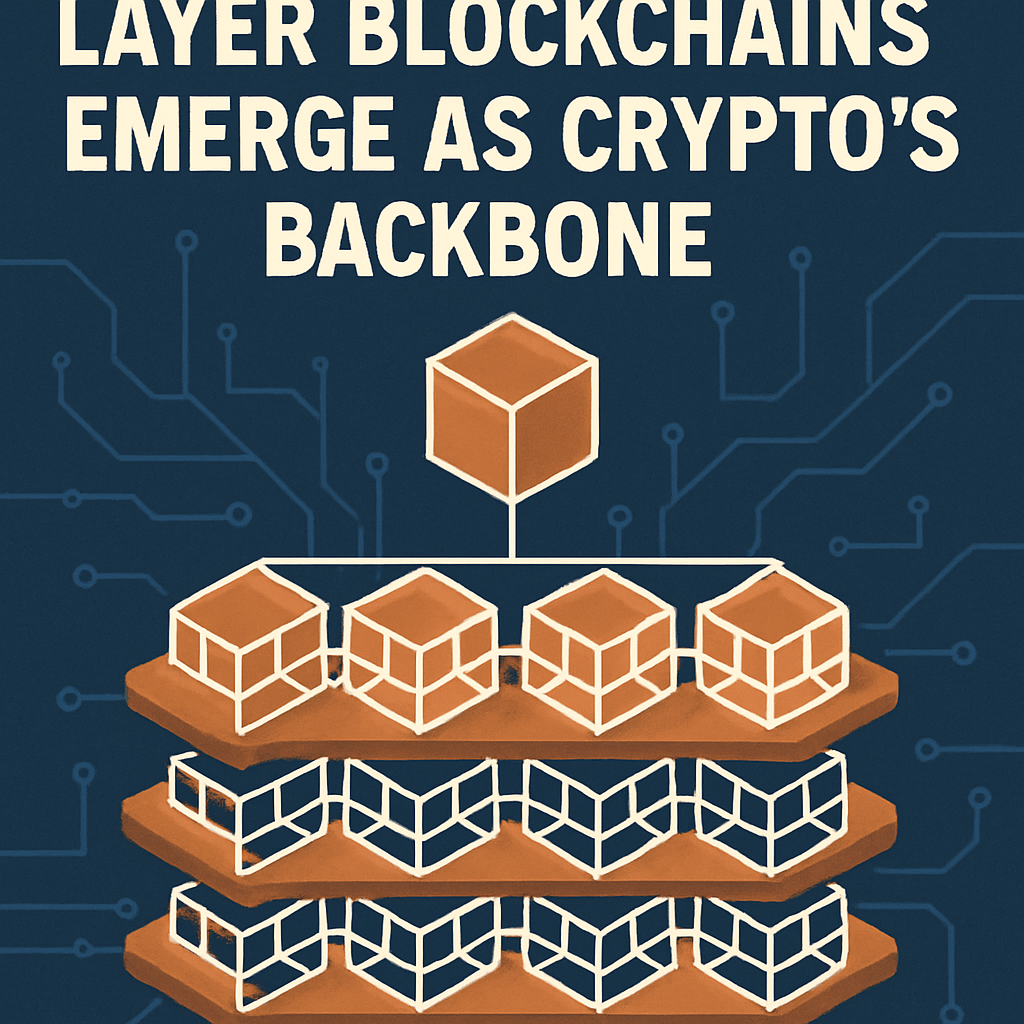As the cryptocurrency industry matures in 2025, Layer-1 blockchains have solidified their role as foundational infrastructure for digital-asset ecosystems. These base-layer networks facilitate native token transfers, smart-contract execution and decentralized applications (DApps) without relying on external protocols. While early narratives centered on speculative token price movements, industry stakeholders are now prioritizing utility-driven features like tokenisation of real-world assets, stablecoin issuance, and DeFi lending and borrowing platforms.
Scalability remains a central focus for Layer-1 projects seeking to accommodate growing transaction volumes and reduce on-chain fees. Protocols such as Ethereum’s transition to shard chains, alongside alternative architectures like Solana’s pipelined processing and Avalanche’s consensus subnets, illustrate diverse approaches to enhancing throughput. Interoperability solutions, including cross-chain bridges and wrapped-token standards, aim to connect isolated Layer-1 networks, enabling seamless asset and data movement across ecosystems.
User experience upgrades are critical for mainstream adoption, with wallet interfaces, onboarding flows, and security guarantees under scrutiny. Efforts to integrate Layer-1 networks with traditional finance rails, such as API-based fiat on- and off-ramps, are underway to lower entry barriers. Governance mechanisms on Layer-1 chains are also evolving, balancing decentralization ideals with operational efficiency. Voting schemes, token-staking incentives, and protocol-upgrade processes are being refined to ensure resilience and community alignment. The convergence of these technological, regulatory and user-centric developments positions Layer-1 blockchains as the stable backbone for future digital-asset innovations.

Comments (0)